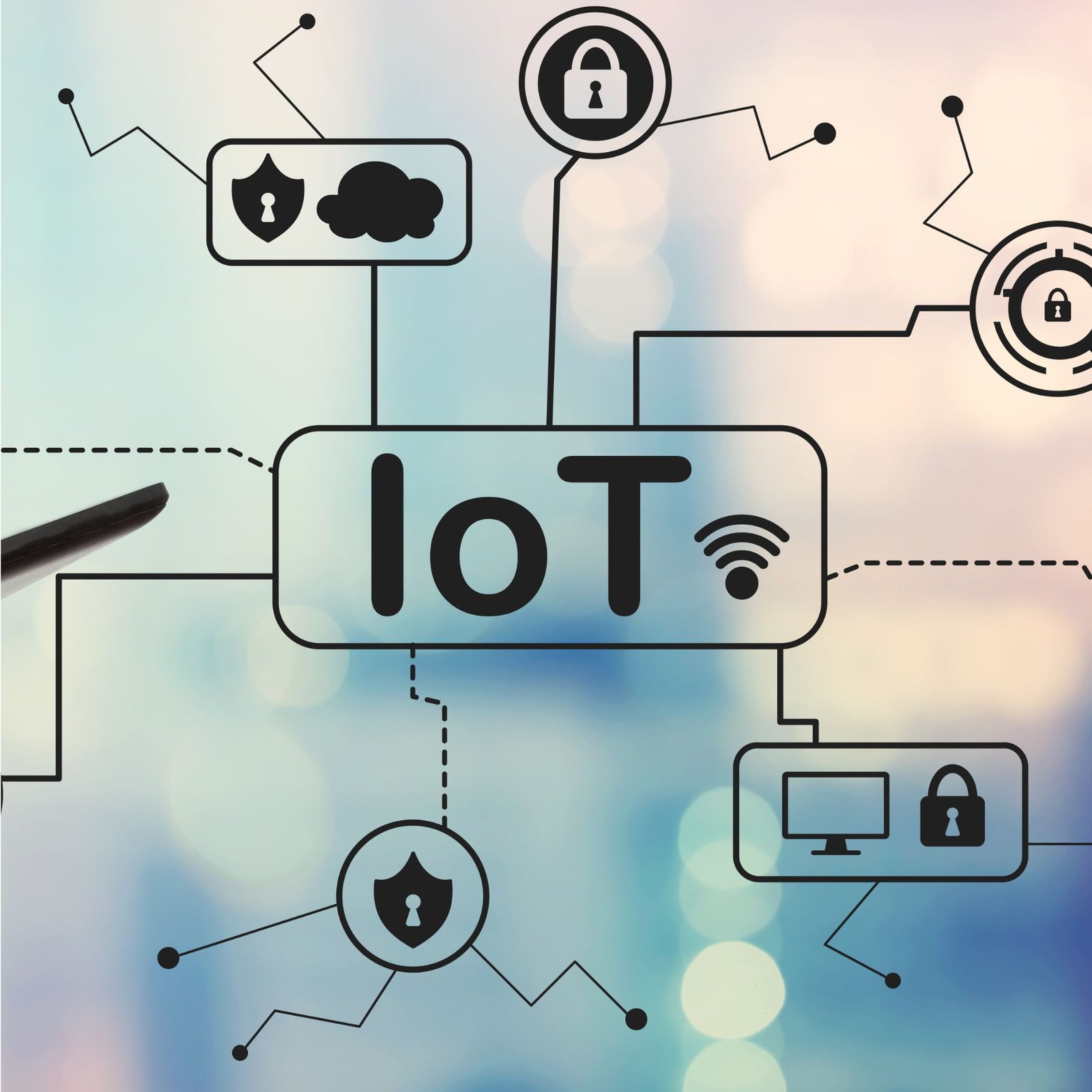Table of Contents
Introduction
The Growing Importance of Environmental Sustainability
In today’s world, environmental sustainability is not just an option; it’s a necessity. The alarming rate of climate change, pollution, and resource depletion demands innovative solutions. This is where the Internet of Things (IoT) steps in, offering groundbreaking ways to protect and preserve our planet.
Role of IoT in Environmental Protection
IoT, a network of interconnected devices, allows for real-time data collection and analysis. By leveraging IoT, we can monitor and manage environmental factors more efficiently, leading to more innovative, greener solutions.
Smart Agriculture
Precision Farming
IoT devices enable precision farming by providing real-time data on soil conditions, crop health, and weather patterns. This information allows farmers to make informed decisions, optimize resource use, and reduce waste.
Water Management
Intelligent irrigation systems use Internet of Things sensors to monitor soil moisture levels and weather forecasts, ensuring that crops receive the right amount of water. This conserves water and enhances crop yield.
Soil Monitoring
IoT sensors can detect soil nutrients and pH levels, helping farmers maintain soil health. By addressing nutrient deficiencies promptly, farmers can improve crop quality and productivity.
Energy Management
Smart Grids
Smart grids use IoT technology to monitor and manage electricity distribution in real time. This helps balance supply and demand, reduce energy wastage, and integrate renewable energy sources more effectively.
Renewable Energy Integration
Internet of Things solutions facilitate the integration of renewable energy sources like solar and wind into the grid. By monitoring production and consumption patterns, IoT systems ensure optimal use of renewable energy.
Energy Consumption Monitoring
Smart meters and IoT-enabled devices track energy consumption in homes and businesses. This data helps users identify high-energy-use appliances and adopt energy-saving practices.
Waste Management
Smart Waste Bins
IoT-enabled waste bins can monitor their fill levels and notify waste collectors when they need to be emptied. This reduces unnecessary collection trips and ensures efficient waste management.
Waste Collection Optimization
By analyzing data from intelligent bins, waste collection routes can be optimized, reducing fuel consumption and emissions from waste collection vehicles.
Recycling Efficiency
Internet of Things systems can sort recyclable materials more effectively by using sensors to identify different types of waste. This improves recycling rates and reduces the amount of waste sent to landfills.
Water Conservation
Smart Irrigation Systems
IoT-enabled irrigation systems use weather data and soil moisture sensors to water plants precisely when needed. This prevents overwatering and conserves water resources.
Leak Detection and Prevention
IoT sensors can detect leaks in water pipelines and alert maintenance teams promptly. Early detection and repair of leaks prevent water wastage and save resources.
Water Quality Monitoring
Internet of Things devices can monitor water quality in real time, detecting contaminants and ensuring a safe water supply. This is crucial for drinking water and agricultural use.
Air Quality Monitoring
Urban Air Quality Networks
IoT networks of air quality sensors in urban areas provide real-time data on pollution levels. This information helps city planners and policymakers take action to improve air quality.
Industrial Emission Monitoring
IoT solutions can monitor emissions from industrial plants, ensuring compliance with environmental regulations and reducing pollution.
Personal Air Quality Sensors
Wearable Internet of Things devices can monitor air quality around individuals, helping people avoid polluted areas and protect their health.
Smart Cities
Traffic Management
IoT-enabled traffic management systems optimize traffic flow, reduce congestion, and lower vehicle emissions, contributing to a cleaner and more efficient urban environment.
Public Transportation Efficiency
Internet of Things solutions improve the efficiency of public transportation by providing real-time data on vehicle locations and passenger loads. This leads to better scheduling and reduced wait times.
Green Building Solutions
Smart buildings use Internet of Things technology to monitor energy use, lighting, and HVAC systems, reducing energy consumption and lowering carbon footprints.
Case Studies of Successful IoT Implementations
Smart Agriculture in the Netherlands
The Netherlands has extensively implemented Internet of Things in agriculture, using precision farming techniques to optimize resource use and increase crop yields.
Energy Management in South Korea
South Korea’s innovative grid initiatives have successfully integrated renewable energy sources, reduced energy wastage, and improved energy efficiency.
Waste Management in Sweden
Sweden’s IoT-enabled waste management systems have optimized collection routes, increased recycling rates, and reduced landfill waste.
Challenges and Considerations
Data Privacy and Security
Implementing IoT solutions involves collecting vast amounts of data and raising concerns about privacy and security. Ensuring data protection is crucial for the success of IoT initiatives.
Implementation Costs
Deploying Internet of Things systems can have high initial costs. However, the long-term benefits usually surpass the initial investment, making it a worthwhile endeavor.
Interoperability Issues
Different Internet of Things devices and systems need to work together seamlessly. Standardizing protocols and ensuring interoperability are essential for the smooth functioning of IoT solutions.
The Future of IoT in Environmental Sustainability
Emerging Technologies
New technologies such as AI, machine learning, and blockchain are being integrated with Internet of Things to enhance its capabilities. These advancements will further boost IoT’s role in environmental sustainability.
Potential for Global Impact
Internet of Things has the potential to significantly impact the global environment by addressing environmental challenges on a large scale. From smart cities to sustainable agriculture, the possibilities are endless.
Conclusion
The integration of the Internet of Things into various sectors offers remarkable solutions for a greener planet. By leveraging IoT technology, we can monitor, manage, and optimize resources more efficiently, reducing our environmental footprint. The future of ecological sustainability lies in embracing these innovative Internet of Things solutions and working together to create a healthier, greener world.









